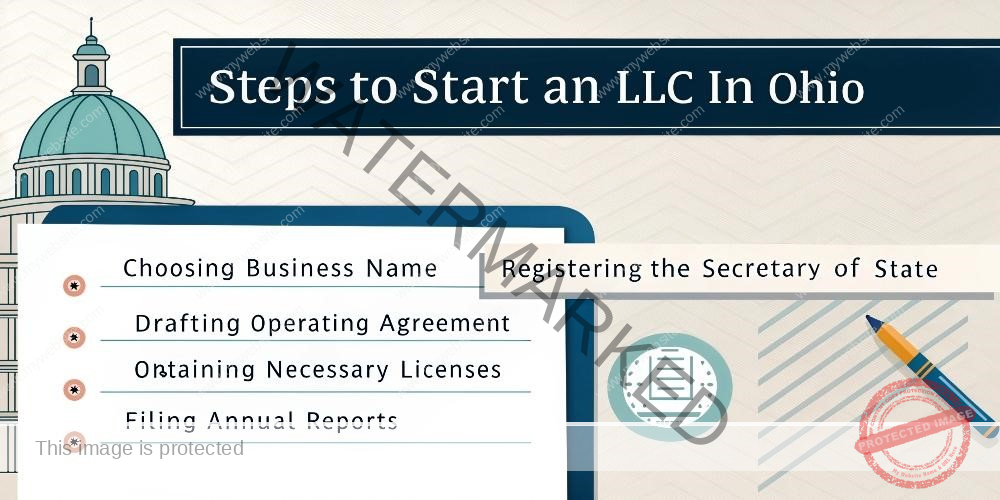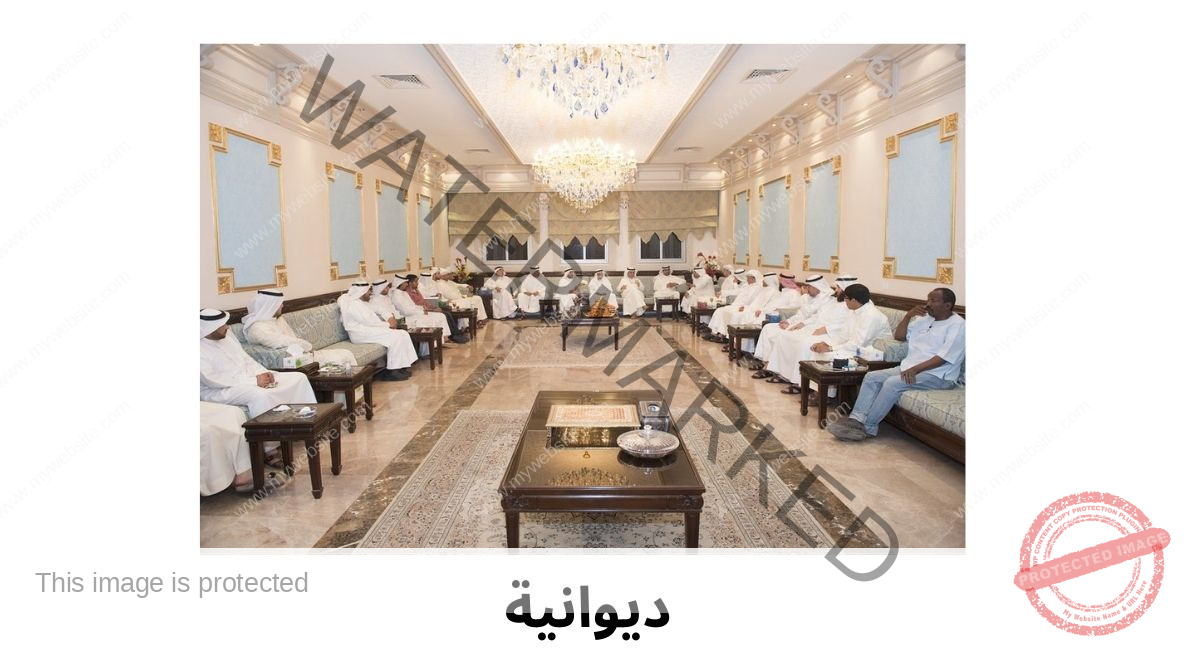Introduction to Emfyteymata
Emfyteymata, also known as emphyteusis, is an ancient legal arrangement where one party gains the right to use and improve another’s land for a long period—sometimes even perpetually—in exchange for rent or services. While it might sound like an old relic from legal history, it’s surprisingly relevant today in certain civil law systems. The idea originated thousands of years ago but continues to influence land use, agriculture, and property development. Understanding Emfyteymata offers insight into how societies have historically balanced ownership, productivity, and sustainability—and how these principles still shape modern real estate law in select regions.
Linguistic & Etymological Origins
The word “Emfyteymata” comes from the Greek “ἐμφύτευμα” (emphyteuma), meaning “implant” or “something planted.” This directly ties to its agricultural roots, where tenants were expected to cultivate and improve the land. Over time, the Romans adopted the concept and Latinized the term to emphyteusis, embedding it into their legal code. The meaning evolved but retained its essence: a long-term right to work and enhance another’s land. This linguistic journey from ancient Greek to modern legal jargon shows how enduring the concept has been, carrying its “planting” metaphor from rural fields to modern city developments.
Historical Context
Origins in Ancient Greece
In classical Greece, large estates were often leased to tenants for improvement. The state and wealthy landowners used this system to ensure land productivity without direct management.
Integration into Roman Law
The Romans formalized Emfyteymata in their legal codes, granting tenants almost ownership-level rights—so long as they maintained and improved the land.
Byzantine & Medieval Influence
The Byzantine Empire preserved the system, spreading it through Europe during the Middle Ages. It found a place in feudal arrangements, monasteries, and agricultural estates, becoming a pillar of medieval rural economy.
Core Legal Concept
At its core, Emfyteymata is a hybrid between ownership and tenancy. The dominus (landowner) retains ultimate ownership, while the emphyteuta (tenant) enjoys long-term, inheritable rights. The agreement usually involves:
-
An obligation to improve the land.
-
Payment of a fixed annual rent or fee.
-
Rights to transfer, sell, or bequeath the tenancy.
This arrangement was designed to ensure land productivity while giving tenants security and incentive to invest in the property. In many ways, it was an early form of sustainable land management.
Read More: Ceramic Teeth Cap
Key Characteristics of Emfyteymata
Several unique features distinguish Emfyteymata from ordinary leases:
-
Long Duration – Often perpetual or lasting for decades.
-
Mandatory Improvement – Tenants must cultivate, build, or otherwise enhance the land.
-
Fixed Annual Payment – Usually in money or produce, regardless of profits.
-
Transferability – Rights can be sold, inherited, or mortgaged.
These characteristics gave tenants stability and encouraged long-term investments, while landowners benefited from steady returns without active involvement.
Economic Purpose in History
Emfyteymata played a crucial role in developing unused or unproductive land. For ancient governments, it was a way to expand agricultural output without the costs of direct farming. Landowners enjoyed consistent income while tenants gained security and autonomy. Over centuries, this system helped reclaim swamps, develop new farming lands, and stimulate rural economies. By encouraging long-term stewardship, it ensured land improvements benefitted both current and future generations.
Legal Framework Through the Ages
Roman jurists defined Emfyteymata with precision in the Corpus Juris Civilis, influencing European legal systems for centuries. In the Middle Ages, canon law adopted and adapted it, especially in church-owned lands. Later, the Napoleonic Code and other civil law codifications preserved the concept, ensuring its survival in countries like Italy, France, and Spain. While common law nations largely ignored it, civil law countries maintained its relevance through modern property legislation.
Emfyteymata in Modern Law
Today, Emfyteymata exists mainly in civil law jurisdictions. In Italy, it survives as diritto di enfiteusi, allowing individuals to lease land for generations. Cyprus and Greece also maintain versions of the law for agricultural and development purposes. However, in common law countries like the UK or USA, similar arrangements are handled through leasehold estates, making emphyteusis relatively rare. The main difference lies in the tenant’s broad rights and obligations to improve the property, which go beyond typical leases.
Case Studies
-
Italy – Farmers in rural regions still use enfiteusi to secure long-term rights over vineyards or olive groves.
-
Cyprus – Agricultural lands and urban redevelopment projects occasionally rely on Emfyteymata to attract investment.
-
French Overseas Territories – Used for structured land development without transferring full ownership, balancing local control with investor involvement.
These examples prove that while ancient, Emfyteymata adapts well to modern economic needs.
Comparison with Similar Legal Concepts
Emfyteymata is often confused with other land tenure systems:
-
Leasehold – Shorter-term and more restrictive on tenant rights.
-
Freehold – Full ownership without obligation to improve.
-
Agricultural Tenancy – Often seasonal or short-term, lacking perpetual rights.
The defining difference is the combination of long-term security, transferability, and mandatory improvement obligations—making Emfyteymata a hybrid between ownership and tenancy.
Advantages of Emfyteymata
For Landowners – Provides steady income while retaining ultimate ownership.
For Tenants – Offers long-term security, enabling major investments.
For Communities – Encourages sustainable land use, boosting local economies.
Its mutually beneficial structure explains its survival for over two millennia.
Potential Drawbacks
Despite its strengths, Emfyteymata can be complex. Disputes may arise over what counts as “improvement.” Fixed rents might become outdated over time, causing imbalance. Tenants risk losing their rights if they fail to meet obligations, while landowners may face difficulty reclaiming land if conditions are met. The legal and administrative costs of managing such agreements can also be significant.
Notable Historical Examples
From Roman vineyards to medieval monasteries, Emfyteymata has shaped land use for centuries. In the Middle Ages, monasteries leased land under this system to ensure its cultivation. During colonial expansion, European powers sometimes used emphyteusis to encourage settlement and agriculture in new territories, offering stability for settlers while retaining sovereign control.
Emfyteymata in Property Development
Modern urban planners have experimented with Emfyteymata for large-scale projects, allowing private developers to build while municipalities retain land ownership. In agriculture, it supports sustainable, long-term farming projects. Its focus on improvement and stewardship aligns well with eco-friendly development goals.
Termination of Emfyteymata
Termination usually happens through:
-
Expiry of the agreed period.
-
Mutual agreement between parties.
-
Tenant’s breach of obligations.
When the arrangement ends, all improvements revert to the landowner without additional payment, ensuring the property’s value remains enhanced.
Taxation & Financial Aspects
Historically, Emfyteymata involved fixed rents, often immune to inflation. In modern times, it may also involve taxes on the tenant’s improvements or income generated from the land. Some jurisdictions allow periodic rent adjustments to keep agreements fair for both parties.
Cultural & Social Impact
Emfyteymata helped shape communities by stabilizing rural populations and encouraging generational investment in the land. It fostered a culture of stewardship, where land was seen not just as property but as a legacy to be maintained and improved for future generations.
Emfyteymata in International Law
In cross-border property deals, emphyteusis can raise unique challenges, especially where legal systems differ. Some countries recognize foreign emphyteusis agreements, while others require adaptation to local laws, particularly in investment-heavy sectors like tourism and agriculture.
The Future of Emfyteymata
With the global push for sustainable land use, Emfyteymata may find new relevance. Its built-in incentives for improvement and long-term stewardship align perfectly with climate resilience and eco-friendly agriculture. Governments could revive it as a tool for responsible land development without permanent transfer of ownership.
Conclusion
Emfyteymata is far from a forgotten relic—it’s a timeless legal tool that has adapted to the needs of societies for over 2,000 years. Balancing the benefits of ownership and tenancy, it continues to influence property law in select countries. As we face challenges of sustainability and land management, this ancient practice could inspire innovative solutions for the modern world.
FAQs on Emfyteymata
1. What’s the difference between Emfyteymata and a regular lease?
It’s longer-term, transferable, and includes obligations to improve the land.
2. Is Emfyteymata still legal today?
Yes, in certain civil law countries like Italy, Greece, Cyprus, and France.
3. Can Emfyteymata be used for commercial property?
Yes, though it’s more common in agriculture and development projects.
4. How long does an Emfyteymata agreement usually last?
It can be perpetual or for decades, depending on the contract.
5. What happens when an Emfyteymata ends?
The land and all improvements revert to the landowner.















